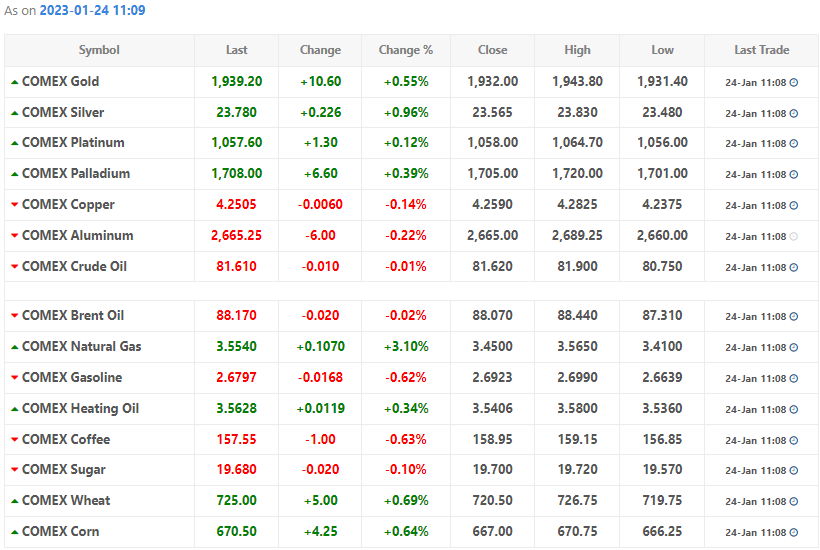
Oil rose by about $1 a barrel on Friday and posted second straight weekly gain, spurred largely by brightening economic prospects for China and resulting expectations of a boost to fuel demand in the world’s second-biggest economy.
The lifting of Covid-19 restrictions in China is set to increase global demand to a record high this year, the International Energy Agency (IEA) said on Wednesday, a day after OPEC also forecast a Chinese demand rebound in 2023.
U.S. crude gained $1.03, or more than 1%, to settle at $87.64 a barrel.
“Many traders believe it is highly likely that we are going to see higher demand coming from China as it continues to dismantle its COVID policies,” said Naeem Aslam, analyst at broker Avatrade.
For the week, the U.S. benchmark gained more than 1%.
Oil was also supported by hopes that the U.S. central bank will soon downshift to smaller rises in interest rates and by hopes for the U.S. economic outlook.
A Reuters poll predicted that the U.S. Federal Reserve will end its tightening cycle after increases of 25 basis points at each of its next two policy meetings and is then likely to hold rates steady for at least the rest of the year.
The chances of a “soft landing” for the U.S. economy appear to be growing, Federal Reserve Vice Chair Lael Brainard said on Thursday. The Fed’s next rate-setting meeting is over Jan. 31 to Feb. 1.
Also helping oil prices was the U.S. oil rig count, which fell 10 to 613, their lowest since November, firm Baker Hughes Co said.
The two largest economies in the world need more crude, said Edward Moya, senior market analyst at OANDA.
“The oil market has been down on global recession fears, but it is still showing signs it can remain tight a little while longer,” he said.
Oil rose despite U.S. inventory figures this week showing crude stockpiles rose by 8.4 million barrels in the week to Jan. 13 to about 448 million barrels, the highest since June 2021.
A price cap on Russian oil, which has been rippling through the global market, is helping to boost crude prices, said Jim Ritterbusch of consultancy Ritterbusch and Associates.
“Sanctions and caps on Russian crude are gradually acquiring some price impact and will become more of a bullish factor when last month’s influx of Russian crude cargoes is absorbed into the global market,” Ritterbusch said.
Russia was China’s second-largest crude supplier in 2022, while Saudi Arabia took the top spot.
